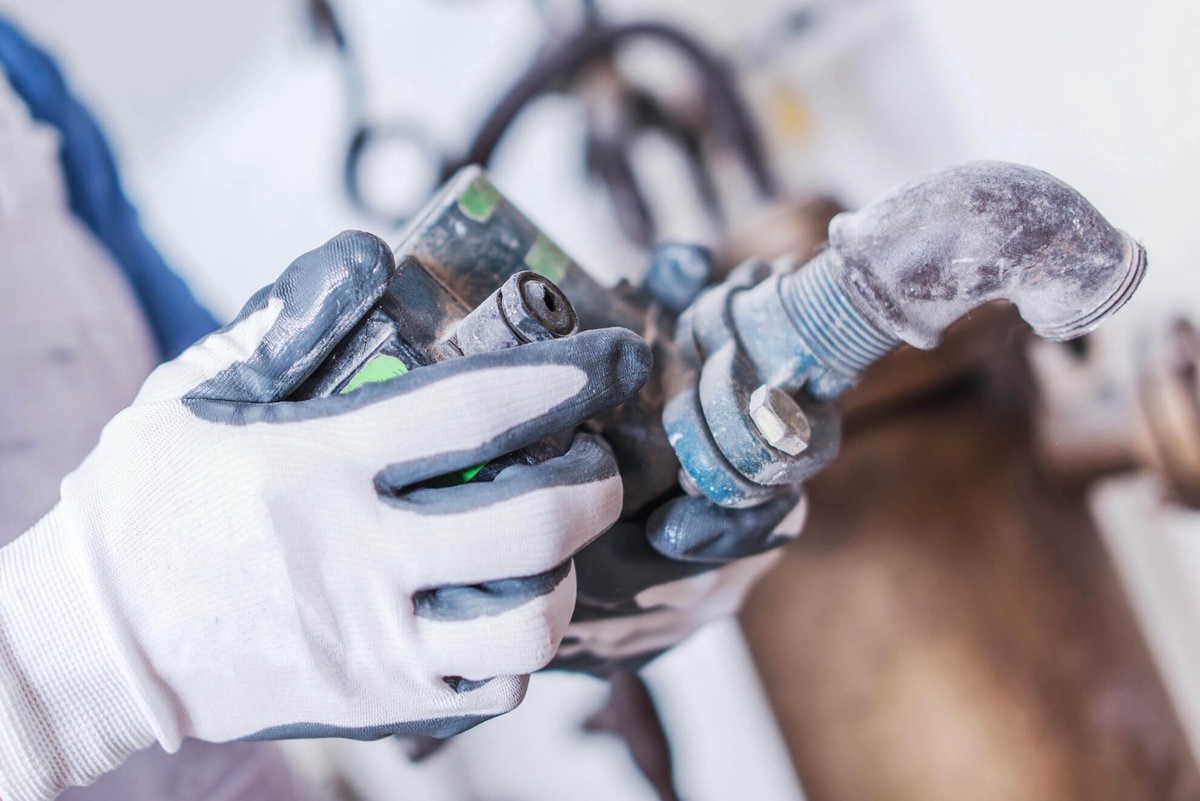Piping and re-piping form the backbone of any plumbing system, playing a critical role in the distribution of water, removal of wastewater, and overall functionality of residential, commercial, and industrial properties. Understanding the intricacies of piping materials, the reasons for re-piping, and the importance of professional expertise in the re-piping process is essential for maintaining a reliable and efficient plumbing infrastructure. This comprehensive guide aims to unravel the complexities of piping and re-piping, providing valuable insights for property owners and professionals alike.
The Anatomy of Piping:
Pipes are the conduits through which water flows into our homes and businesses, and their proper functioning is vital for daily activities. Various materials are used in the construction of pipes, each with its own set of characteristics and applications.
-
Copper Pipes:
- Advantages: Renowned for durability, corrosion resistance, and longevity.
- Applications: Commonly used for both hot and cold water supply lines.
-
PEX (Cross-linked Polyethylene) Pipes:
- Advantages: Flexible, easy to install, and resistant to corrosion.
- Applications: Versatile, used for both water supply and heating applications.
-
CPVC (Chlorinated Polyvinyl Chloride) Pipes:
- Advantages: Thermoplastic, corrosion-resistant, suitable for hot and cold water supply.
- Applications: Widely used in residential plumbing systems.
-
Galvanized Steel Pipes:
- Advantages: Sturdy, but prone to corrosion over time.
- Applications: Common in older plumbing systems, re-piping often recommended.
Reasons for Re-piping:
-
Corrosion:
- Symptoms: Rusty water, leaks, reduced water quality.
- Solution: Re-piping with corrosion-resistant materials.
-
Leaks and Breaks:
- Symptoms: Persistent leaks, cracks, or pipe breaks.
- Solution: Re-piping to restore structural integrity.
-
Outdated Materials:
- Symptoms: Pipes made from outdated materials.
- Solution: Re-piping with modern, compliant materials.
-
Low Water Pressure:
- Symptoms: Reduced water pressure.
- Solution: Re-piping to restore optimal water flow.
The Re-piping Process:
-
Assessment and Planning:
- Objective: Thorough assessment of existing plumbing system.
- Execution: Identify areas requiring replacement, plan re-piping strategy.
-
Material Selection:
- Objective: Choose appropriate materials based on assessment.
- Execution: Consider water quality, local regulations, and property needs.
-
Removal of Old Pipes:
- Objective: Remove deteriorated or outdated pipes.
- Execution: Utilize traditional excavation or trenchless techniques to minimize disruption.
-
Installation of New Pipes:
- Objective: Install new pipes with precision.
- Execution: Ensure accurate fittings, proper sealing, and secure connections.
-
Testing and Inspection:
- Objective: Validate the integrity of the new pipes.
- Execution: Conduct pressure tests and inspections to ensure compliance.
The Role of Professional Expertise:
-
Accurate Diagnosis:
- Role: Employ advanced diagnostic tools for accurate assessments.
- Impact: Ensures tailored re-piping solutions that address specific issues.
-
Compliance with Codes and Standards:
- Role: Navigate local building codes and plumbing standards.
- Impact: Guarantees re-piping is compliant, meeting safety requirements.
-
Efficient Execution:
- Role: Leverage expertise for efficient re-piping.
- Impact: Minimizes disruption, restores plumbing system to optimal functionality.
-
Preventive Measures:
- Role: Offer guidance on preventive measures.
- Impact: Recommendations for regular inspections, maintenance, and tips for extending the lifespan of pipes.
Conclusion:
Piping and re-piping are intricate facets of plumbing systems that require careful consideration. Understanding the materials used, reasons for re-piping, and the re-piping process is crucial for property owners seeking to maintain a reliable and efficient plumbing infrastructure. By recognizing the role of professional expertise in accurate diagnosis, compliance with codes, efficient execution, and preventive measures, individuals can make informed decisions to enhance the longevity and functionality of their plumbing systems. In the intricate world of piping, knowledge is key to ensuring a seamless flow of water and maintaining the integrity of our living and working spaces.


No comments yet